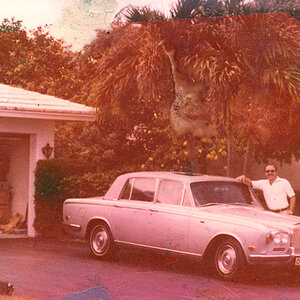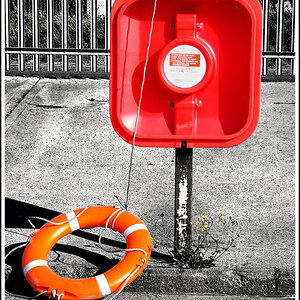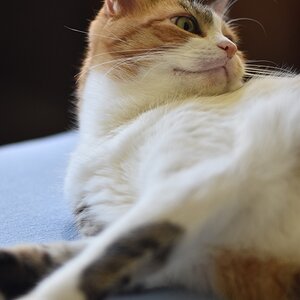Hi
I'm wondering weather I should go and try out infrared film. I saw some pictures done with this kinf of film and the sky turned out black while the clouds remain white.
How does this infrared technique work? What kind of influence does it have?
I also heard about the fact that it's rather difficult in use...
Any information is welcome!
Thanks
I'm wondering weather I should go and try out infrared film. I saw some pictures done with this kinf of film and the sky turned out black while the clouds remain white.
How does this infrared technique work? What kind of influence does it have?
I also heard about the fact that it's rather difficult in use...
Any information is welcome!
Thanks



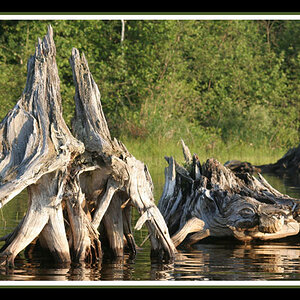

![[No title]](/data/xfmg/thumbnail/42/42465-64dd69400e2bfaf59e558c3d8c934271.jpg?1619740192)
![[No title]](/data/xfmg/thumbnail/42/42466-109a1021e2f0f132abfd74e1a6e39444.jpg?1619740192)
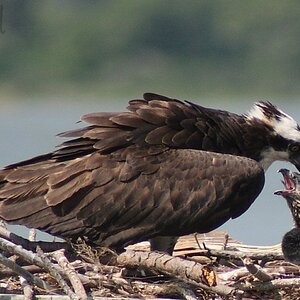
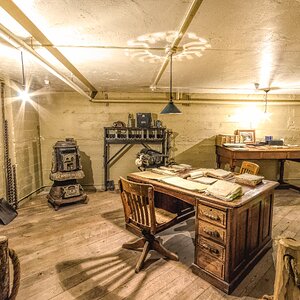
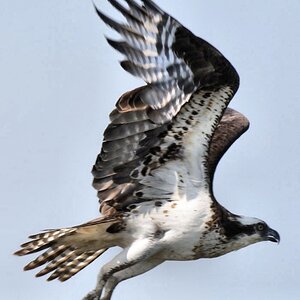
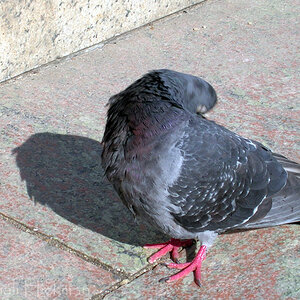
![[No title]](/data/xfmg/thumbnail/41/41780-5efe87aed04575de7c09b065d70763ae.jpg?1619739890)
